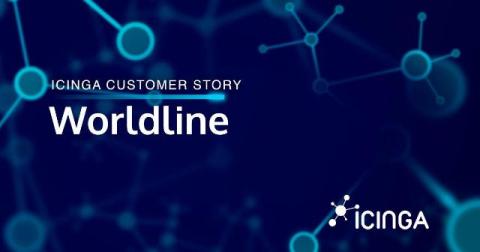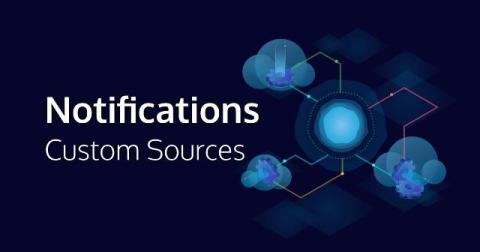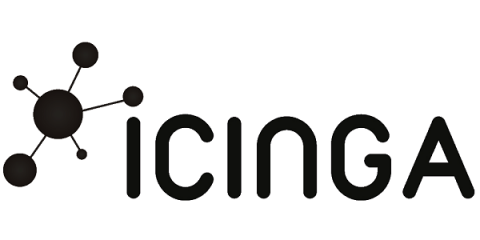Understanding Observability, Monitoring, and Telemetry Differences
In the area of IT infrastructure management, three terms often surface: observability, monitoring, and telemetry. These concepts, while interconnected, each play a unique role in maintaining system health and performance. Observability, monitoring, and telemetry form the backbone of any robust IT environment. Yet, their differences and interrelations can sometimes blur, leading to confusion. This article aims to demystify these terms, providing clarity on their distinct roles and how they work together.










